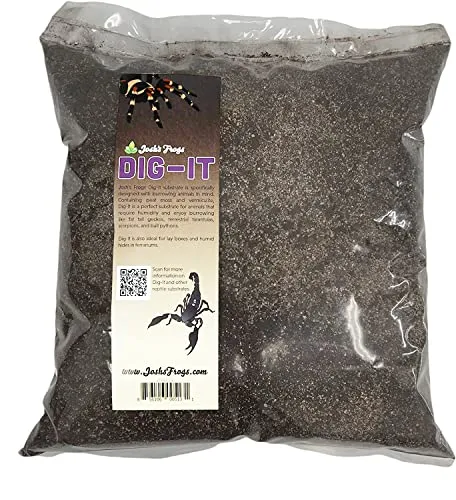Understanding Mulch Substrate for Tarantulas
The health and well-being of your tarantula significantly depend on the habitat you create for it. A crucial element of this habitat is the substrate, the material that forms the floor of the enclosure. Choosing the right substrate is more than just aesthetics; it is about replicating the spider’s natural environment and providing for its essential needs. Mulch substrates, in particular, offer several advantages, making them a popular choice among tarantula keepers. This guide will delve into the specifics of mulch tarantula substrate, helping you make informed decisions to ensure a thriving environment for your eight-legged friend. Selecting the appropriate substrate can significantly improve the tarantula’s quality of life by offering places to burrow, maintain proper humidity levels, and facilitate molting. With so many choices in the market, understanding the different options and how they impact the tarantula is essential.
Why Mulch Matters for Tarantulas
The substrate is the foundation of a tarantula’s world within its enclosure. It serves multiple vital functions beyond just being something for the spider to walk on. A well-chosen mulch substrate mimics the natural environment of a tarantula, providing essential support for their physical and psychological well-being. The right substrate allows the tarantula to burrow, which is a natural behavior for many species and gives them a sense of security. Substrate also plays a vital role in regulating humidity levels, a critical factor for the tarantula’s health, as it assists the molting process. Additionally, the correct type of mulch can act as a natural filtration system, helping to remove waste and maintain a clean enclosure. The substrate also assists in the temperature management within the enclosure, helping to stabilize it and prevent extreme fluctuations, which is crucial for tarantulas’ survival.
Benefits of Mulch Substrate
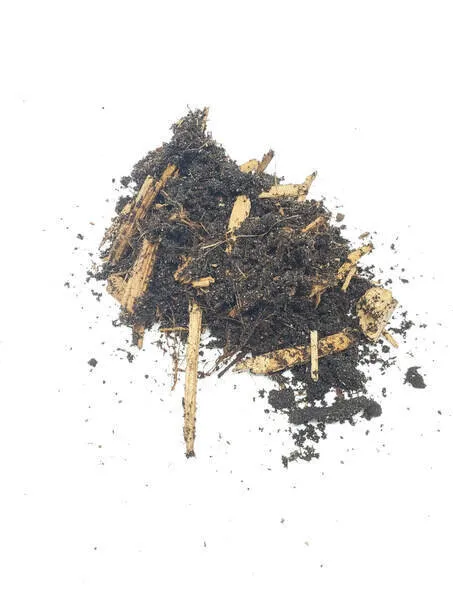
Mulch substrates offer a host of benefits that contribute to a tarantula’s health and happiness. One of the primary advantages is the ability to maintain suitable humidity levels. Many mulch options, such as coconut fiber and peat moss, can absorb and retain moisture, slowly releasing it into the enclosure to prevent dehydration. This is crucial for species that originate in humid environments, supporting proper molting and overall health. Another significant benefit is the ability to provide a naturalistic environment. Mulch substrates mimic the forest floor or other natural habitats, providing a sense of security and reducing stress in the tarantula. This naturalistic environment can encourage natural behaviors such as burrowing and exploring. Furthermore, mulch substrates often have good drainage properties, which helps prevent the buildup of excess moisture and reduces the risk of mold and fungal growth.
Types of Mulch Substrate for Tarantulas
When selecting a mulch substrate for your tarantula, various options are available, each with its unique properties and advantages. The choice depends on your tarantula species’ specific needs, including its natural habitat, humidity requirements, and burrowing behaviors. Understanding the different types of mulch will enable you to make the best decision for your pet. This section will cover some of the most popular and effective mulch substrates used in tarantula care, providing insights into their characteristics and suitability for different types of tarantulas.
Coconut Fiber
Coconut fiber, also known as coco coir, is a widely used substrate derived from the husk of coconuts. It is a popular choice among tarantula keepers for several reasons, including its excellent moisture retention properties, natural appearance, and availability. The fibers are processed into a spongy, lightweight material that can absorb and hold a significant amount of water, making it ideal for maintaining humidity in the enclosure. Coconut fiber is often sold in compressed bricks that expand when water is added, making it easy to store and use. It is also a sustainable option as it utilizes a byproduct of the coconut industry, reducing waste and making it an environmentally friendly choice. Coconut fiber is suitable for many tarantula species, especially those originating from tropical or humid environments.
Pros and Cons of Coconut Fiber
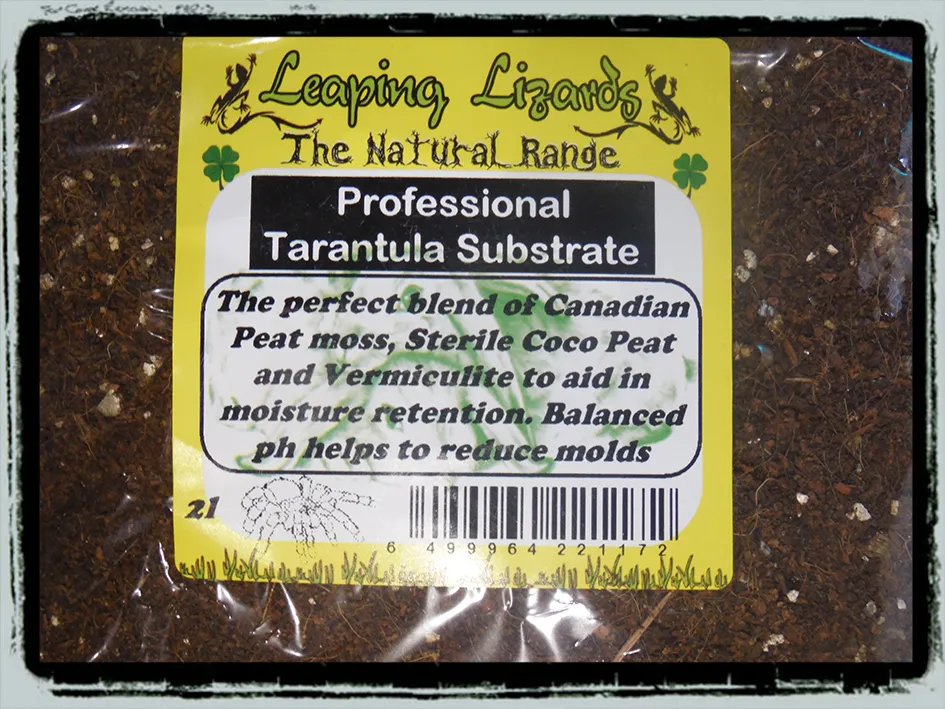
Coconut fiber offers a range of advantages, making it a favored substrate for tarantulas. Its excellent moisture retention capability is a major benefit, as it helps maintain optimal humidity levels, crucial for molting and overall health. The natural appearance of coconut fiber also makes it a visually appealing substrate, creating a more naturalistic environment for the tarantula. It is also a relatively affordable and readily available option, making it accessible to most keepers. However, there are some downsides to consider. Coconut fiber can sometimes harbor mold if not properly maintained, especially in enclosures with poor ventilation. It may also require occasional replacement to prevent the buildup of waste and maintain hygiene. Finally, it may not be the best option for species that prefer very dry conditions.
Peat Moss
Peat moss is another viable substrate option derived from partially decayed organic matter, typically sphagnum moss. It has excellent water retention and slightly acidic properties, making it a good choice for some tarantula species. Peat moss is available in different grades, from fine to coarse, allowing you to select the texture that best suits your tarantula’s needs. It can also be mixed with other substrates, such as coconut fiber or vermiculite, to create a custom blend that optimizes moisture retention and drainage. Peat moss can be an excellent option for species that require high humidity, although it should be used cautiously, as it can become too waterlogged if not managed correctly. Always monitor the moisture levels to ensure they match the specific needs of the tarantula.
Pros and Cons of Peat Moss
Peat moss offers several advantages, including high water retention and the ability to create a slightly acidic environment, which can help prevent the growth of certain types of mold and fungus. It is also a readily available and cost-effective substrate. Peat moss is excellent at holding moisture, making it beneficial for species that need high humidity levels. However, it also has its drawbacks. It can become overly saturated if not properly managed, leading to the potential for mold growth and the risk of the substrate compacting, which can make it difficult for tarantulas to burrow. Peat moss can also be dusty when dry, which may cause irritation to the tarantula. Additionally, some keepers find the appearance less appealing than coconut fiber.
Other Suitable Mulch Substrates
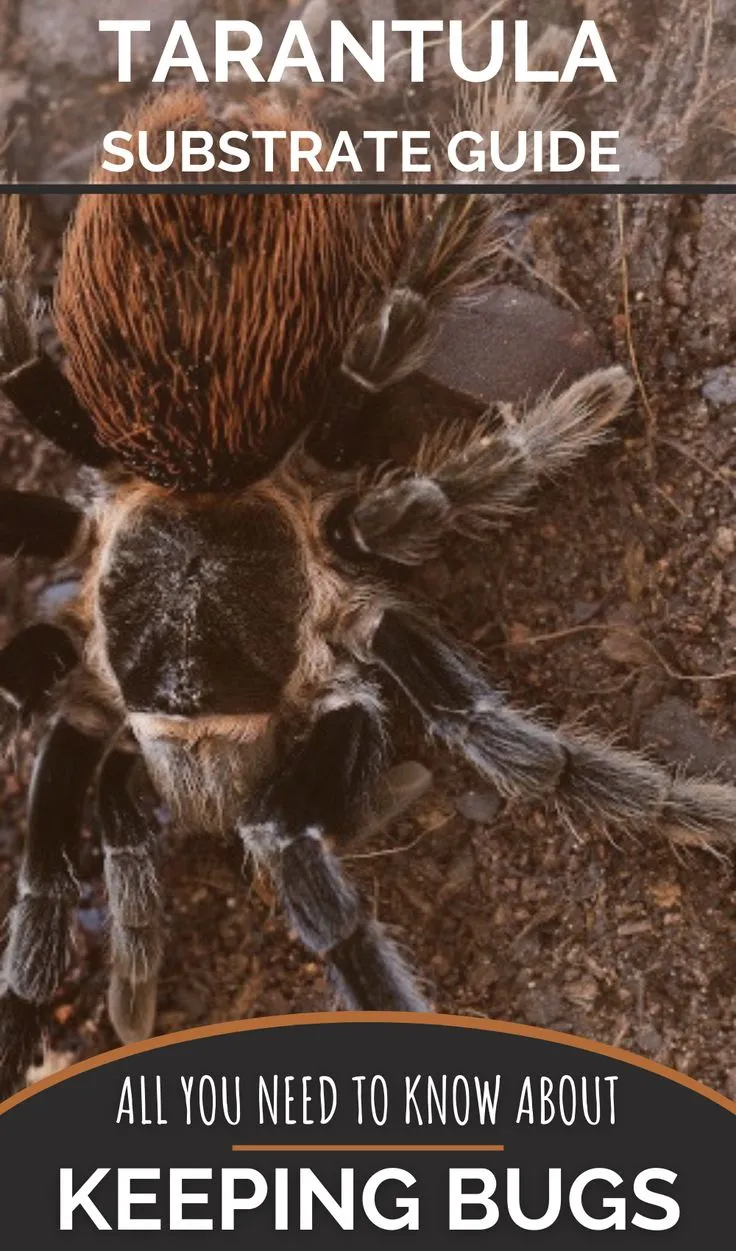
Besides coconut fiber and peat moss, other mulch substrates can also be suitable for tarantulas. These can be used alone or mixed with other options to create the ideal environment. Sphagnum moss, a natural material with excellent water retention, can be used to create humidity or as a decorative element. However, it should be used carefully, as it can trap moisture if it does not have good air circulation. Vermiculite and perlite are also commonly used to improve drainage and aeration within the substrate mix. These materials can prevent compaction and maintain the structure of the substrate, preventing it from becoming a solid mass. Always research the particular requirements of your tarantula species before selecting a substrate mix to ensure that it meets its needs.
Choosing the Right Mulch Substrate
Selecting the right mulch substrate is a crucial part of tarantula care, requiring you to consider several factors to ensure the well-being of your pet. The choice should not be random; instead, it should be informed by careful consideration of the specific needs of the tarantula species you keep. Researching your tarantula’s natural habitat and specific requirements can greatly help you determine the best substrate. Factors such as humidity, burrowing behaviors, and the tarantula’s preferences should be taken into account to make an informed decision.
Considerations Based on Tarantula Species
Different tarantula species have varying requirements, and selecting the right substrate is a crucial part of providing the best care possible. For example, arboreal species, which live in trees, might need a substrate mix that retains some moisture but also drains well. Terrestrial species, on the other hand, may prefer a substrate that allows for burrowing. Research your tarantula’s species to understand its needs. Consider the climate it is native to, its preferred habitat, and its natural behaviors. Some species thrive in high humidity, while others need drier conditions. Matching the substrate’s properties to the species’ needs is essential for creating a comfortable, stress-free environment that promotes healthy growth and behavior. Researching the species ensures that the substrate supports their natural instincts and provides the correct level of environmental stimulation and the most suitable physical comfort.
Humidity Requirements
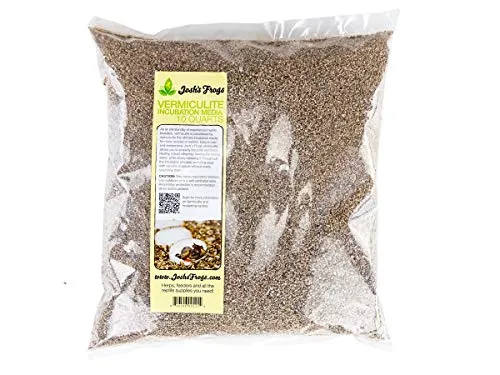
Humidity is a critical factor in tarantula care, and the substrate you choose plays a significant role in regulating it. Different species have different humidity needs. High-humidity species, typically from tropical regions, require substrates that retain a lot of moisture. Coconut fiber and peat moss are good choices for these types. Conversely, species that come from drier environments need substrates that provide some humidity but do not hold too much water. A mix of coconut fiber and sand may be suitable for these environments. Regularly monitoring the humidity levels with a hygrometer is essential, and you can adjust the substrate’s moisture content to meet the tarantula’s needs. Misting the enclosure can increase humidity, but over-misting can lead to problems like mold. Balancing the moisture content with the substrate choice ensures the tarantula’s health.
Burrowing Behavior
Burrowing is a natural behavior for many tarantula species, providing them with security, shelter, and a place to molt. The substrate you choose must allow for this behavior. Terrestrial tarantulas especially benefit from substrates that allow them to dig and create their own retreats. Coconut fiber, peat moss, and mixes of these materials are generally suitable, providing a soft yet stable medium for burrowing. The depth of the substrate should also be considered, as some species may require several inches of substrate to construct their burrows. Providing a substrate that supports natural behaviors not only provides physical benefits but also reduces stress and enhances the tarantula’s well-being. Witnessing your tarantula exhibit its natural burrowing behavior is a good sign of a healthy and enriched environment.
Factors to Avoid When Selecting Substrate
While choosing the right mulch substrate is crucial, it is equally important to know which materials to avoid. Certain substances can harm your tarantula, either through chemical exposure or by creating an unsuitable environment. Avoiding harmful elements can prevent serious health problems and ensure that your tarantula lives a long, happy life. Always research the potential risks of any material before adding it to your tarantula’s enclosure to guarantee the safety and welfare of your pet.
Chemical Additives and Treatments
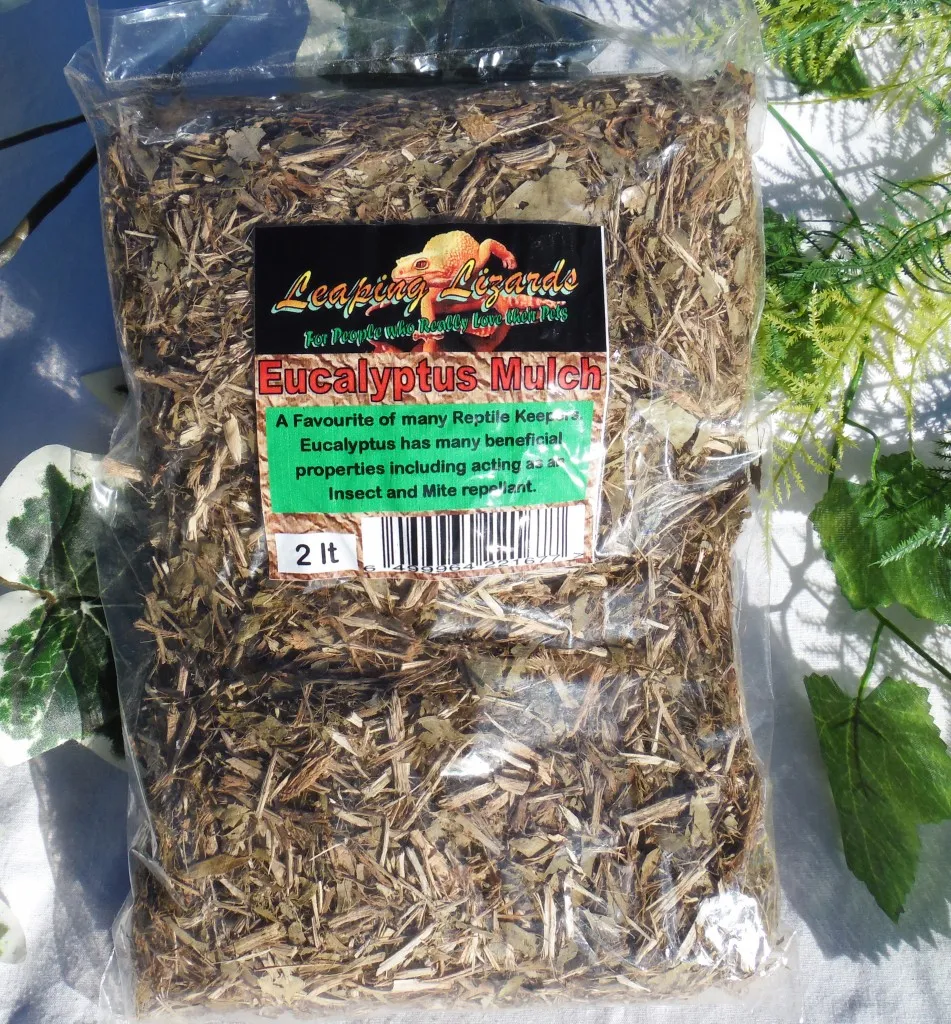
Substrates should always be free of chemical additives and treatments. These chemicals can be toxic to tarantulas, causing respiratory problems, skin irritation, or even death. Avoid substrates that have been treated with pesticides, fertilizers, or other chemicals. Also, some wood-based substrates may be treated with harmful preservatives. Always select substrates labeled as “untreated” or “natural.” Before using any substrate, it is crucial to thoroughly research the product and ensure it is safe for your tarantula. Washing the substrate before use can remove any residual chemicals or dust that may be present.
Mold and Fungus
The presence of mold and fungus is a significant concern in tarantula enclosures, especially when choosing a mulch substrate. Certain conditions can lead to rapid mold and fungus growth, including high humidity, poor ventilation, and the presence of decaying organic matter. Mold and fungus can be detrimental to the tarantula’s health. They can cause respiratory problems, skin infections, and other serious health issues. Always choose substrates that minimize the risk of mold growth. This includes selecting materials that do not hold excessive moisture and maintaining proper ventilation within the enclosure. Regularly inspecting the substrate for any signs of mold or fungus is crucial. If any is found, it should be removed immediately, and the affected area must be cleaned and disinfected. Maintaining proper hygiene in the enclosure is essential.
How to Prepare and Maintain Mulch Substrate
Proper preparation and maintenance of the mulch substrate are essential for creating a healthy and stable environment for your tarantula. Before introducing the substrate, it is crucial to prepare it to ensure it is clean, safe, and suitable for your tarantula. Regular maintenance is necessary to keep the substrate in good condition, preventing the buildup of waste, controlling humidity levels, and ensuring a comfortable environment for the tarantula. These steps will ensure that the substrate provides the necessary support and contributes to the overall well-being of your tarantula.
Setting Up the Substrate
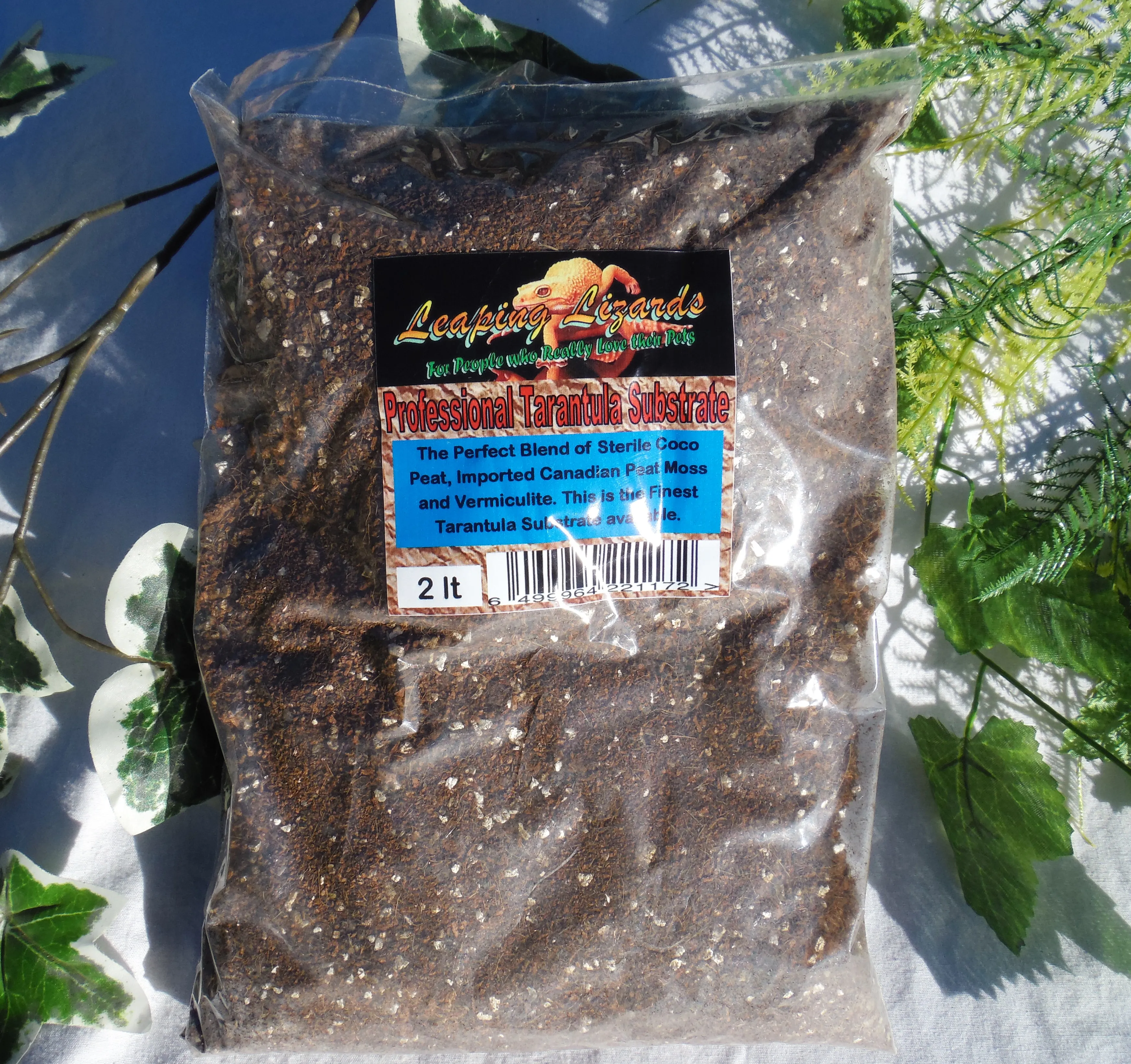
Setting up the substrate properly is the first step in creating a healthy environment for your tarantula. Begin by selecting the appropriate type of mulch substrate. Rinse the substrate if necessary. Next, add the substrate to the enclosure, making sure the depth is suitable for the tarantula’s species and any potential burrowing behavior. The substrate should be level and compacted gently. Providing a substrate that is too shallow will prevent the tarantula from burrowing. The appropriate substrate depth will also aid in the regulation of humidity. Once the substrate is in place, introduce any additional elements, like hides or decorations, to complete the habitat. Consider the species and their needs when arranging the enclosure. The setup should mimic their natural habitat to make your tarantula feel secure and comfortable.
Maintaining Humidity Levels
Maintaining the correct humidity levels is a critical aspect of tarantula care. Proper humidity ensures the tarantula can molt successfully, stay hydrated, and remain healthy. Regularly monitor the humidity levels using a hygrometer. Adjust the moisture content of the substrate to achieve and maintain the ideal humidity level for your specific tarantula species. This may involve misting the enclosure lightly, adding water to the substrate, or improving ventilation. You should avoid excessive moisture, which can lead to mold or bacterial growth, while also ensuring that the enclosure does not become too dry. The frequency and amount of misting will depend on the substrate type, the tarantula’s needs, and the ambient environmental conditions. Regular monitoring and adjusting the environment will assist in maintaining proper humidity levels.
Cleaning and Replacing the Substrate
Cleaning and replacing the substrate regularly is essential for maintaining a healthy and hygienic environment for your tarantula. Remove any visible waste, uneaten food, or molted exoskeletons as soon as you notice them. Spot cleaning should be done weekly or bi-weekly to prevent the buildup of waste and maintain a clean enclosure. Depending on the substrate type and tarantula species, the complete substrate replacement frequency will vary. Generally, it is recommended to replace the substrate entirely every six months or sooner if there are signs of mold growth or excessive waste buildup. When replacing the substrate, remove all the old material, clean and disinfect the enclosure, and then set up the new substrate following the setup guidelines. Regular cleaning and substrate replacement are crucial for the health and happiness of your tarantula.
Troubleshooting Common Issues
Even with the best care, issues can arise in the tarantula enclosure. Understanding how to troubleshoot these common problems will allow you to address any issues promptly and maintain a healthy environment for your pet. From mold and fungus to pest infestations, being prepared to deal with potential challenges can help you maintain the tarantula’s well-being. Addressing these common problems quickly can help prevent more significant issues, ensuring that your tarantula lives a long and healthy life.
Mold and Fungus Prevention
Preventing mold and fungus growth is a key aspect of maintaining a healthy tarantula enclosure. The best approach to mold and fungus prevention is proactive. Always begin with a clean substrate that is free of contaminants. Ensure proper ventilation to prevent excessive moisture buildup and provide good airflow within the enclosure. Regularly check the substrate for any signs of mold or fungus. If mold is spotted, immediately remove the affected area and disinfect the enclosure. Adjust the humidity levels if necessary, and avoid over-misting. Introducing springtails, a type of beneficial insect, can help control mold and organic waste. By taking these preventive measures, you can create an environment that minimizes the risk of mold and fungus, promoting the health and well-being of your tarantula.
Dealing with Pests
Pest infestations can be a common challenge in tarantula enclosures. Pests can stress your tarantula, as well as cause various health issues. Common pests that can invade a tarantula enclosure include mites, springtails (though generally beneficial), and other small insects. Always quarantine any new items or animals that may be brought in to the enclosure to prevent pests. Maintain good hygiene by removing uneaten food and other waste. If you suspect pests, inspect the enclosure thoroughly and identify the pests. For minor infestations, removing the affected substrate and cleaning the enclosure may be sufficient. For more severe infestations, consider using pest-control methods suitable for tarantula enclosures. The key is acting promptly to address any pest problems, protecting the health and comfort of your tarantula.
